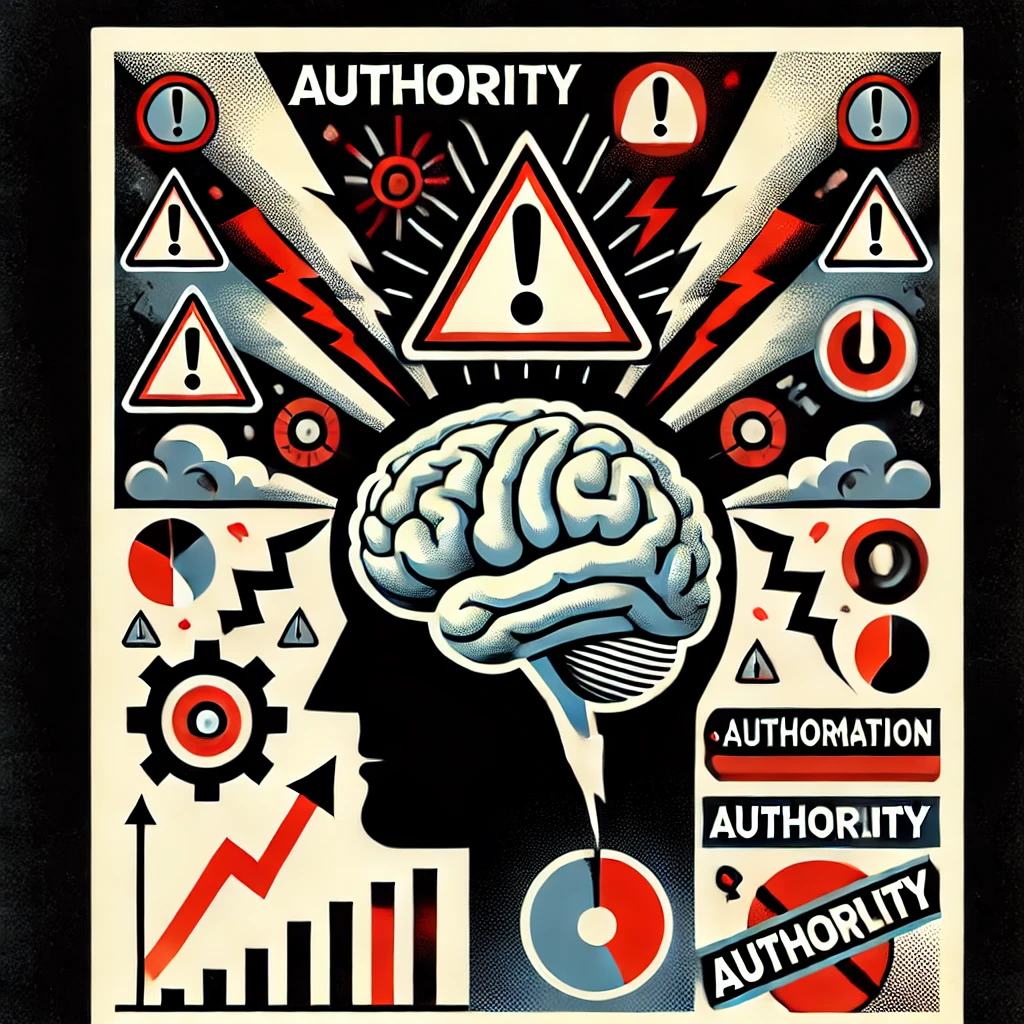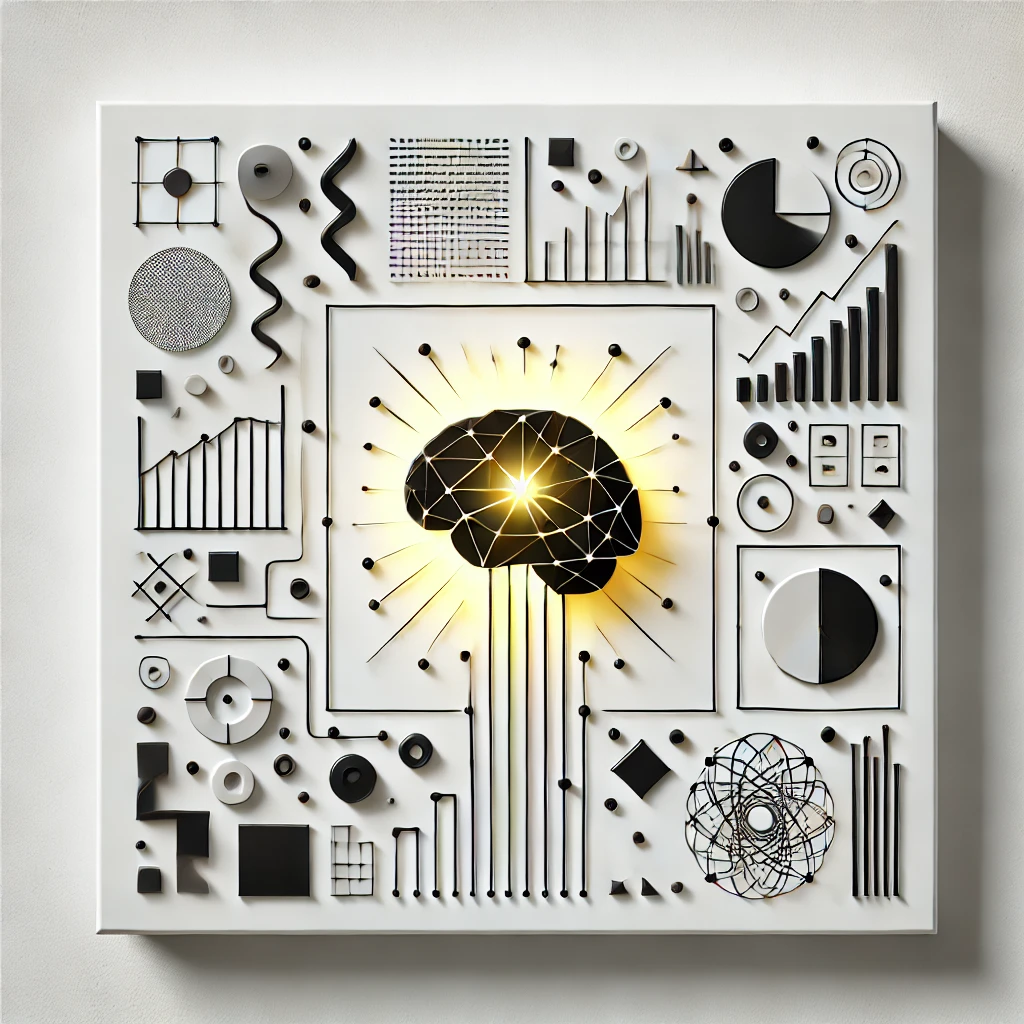
ChatGPT:
A Field Guide to Lies: Critical Thinking in the Information Age – Daniel J. Levitin
Introduction
In a world where information spreads faster than ever, separating truth from deception has become a survival skill. Daniel J. Levitin’s A Field Guide to Lies: Critical Thinking in the Information Age provides readers with the analytical tools to evaluate statistics, language, and authority with a skeptical but balanced approach. The book explores how numbers, words, and experts can be manipulated to mislead, while offering clear methods to resist these traps.
Part I – Numbers and Statistics
The Power and Misuse of Numbers
Numbers can convey certainty and objectivity, but they can also distort reality when misrepresented. Levitin warns about:
- Base rates: Ignoring underlying probabilities leads to flawed conclusions. For example, if a disease has a 1% prevalence, even an accurate test will produce many false positives.
- Averages: Mean, median, and mode measure different things. Politicians often choose the one that favors their narrative.
- Percentages: Relative percentages exaggerate risk or benefit. A “50% increase in cancer risk” might mean from 1% to 1.5%, which is far less alarming.
Graphs and Visual Manipulation
Charts and graphs create powerful impressions. Levitin illustrates how misleading visuals exploit human perception:
- Truncated axes: Cutting off the y-axis exaggerates small differences.
- Cherry-picked timeframes: Selecting favorable dates can make trends look better or worse.
- Hidden context: Without scale or comparison, a graph tells an incomplete story.
Correlation vs. Causation
One of the most common fallacies is confusing correlation with causation. Just because two variables rise together does not mean one causes the other. Levitin emphasizes the role of confounding variables, reminding readers of absurd correlations (e.g., ice cream sales and drowning deaths both rise in summer).
Part II – Words and Language
The Ambiguity of Words
Language shapes our perceptions, often more than facts themselves. Key strategies of manipulation include:
- Euphemisms: Terms like “collateral damage” hide harsh realities.
- Ambiguity: Vague wording leaves interpretation open, allowing different audiences to read different meanings.
- Framing: The same fact framed differently (“90% survival rate” vs. “10% mortality rate”) can trigger opposite emotions.
Rhetoric and Spin
Politicians and advertisers use emotional appeals to override critical thought. Words like “freedom,” “patriotism,” or “family values” often bypass analysis and tap directly into emotions. Levitin reminds readers that emotional resonance does not equal truth.
Part III – Evaluating Authority
The Problem with Experts
We live in a world dependent on experts, but not all experts are reliable. Levitin identifies common pitfalls:
- False authority: Someone with a title or degree may speak outside their expertise.
- Cherry-picked experts: Media often highlights dissenting voices, giving the illusion of scientific controversy where little exists.
- Fabricated authority: Online spaces enable impostors to pose as specialists.
Genuine Expertise
Reliable expertise rests on:
- Peer review: Claims should be vetted by the academic community.
- Consensus: Widespread agreement among qualified experts carries weight.
- Transparency: Honest experts admit uncertainty and limitations.
Part IV – The Information Age Challenge
Cognitive Biases
Levitin devotes attention to how our brains betray us:
- Confirmation bias: We accept information that confirms our beliefs.
- Availability heuristic: We judge probability based on what comes easily to mind (e.g., fearing plane crashes more than car accidents).
- Pattern-seeking: Humans detect patterns even where none exist, making us vulnerable to conspiracy theories.
The Internet and Social Media
Digital platforms amplify misinformation by rewarding attention-grabbing content. Viral posts, memes, and clickbait often exploit biases, making critical thinking more necessary than ever.
Tools for Critical Thinking
Levitin provides practical strategies to navigate the information jungle:
- Ask for evidence: What is the source, and is it credible?
- Check the numbers: Are the statistics contextualized?
- Examine the language: Is the wording emotionally manipulative or vague?
- Verify the authority: Does the expert have recognized, relevant expertise?
- Seek independent confirmation: Don’t rely on one source; look for triangulation.
Conclusion
Daniel Levitin concludes that critical thinking is not optional—it is a civic duty and a personal safeguard. In the digital information age, where misinformation spreads at the speed of a click, every individual must develop the discipline to question claims, evaluate data, and resist cognitive traps.
By sharpening our ability to detect misleading statistics, manipulative language, and dubious authority, we not only protect ourselves from deception but also strengthen democratic societies. The message is clear: truth is attainable, but it requires effort and vigilance.
Here are the 10 most meaningful quotes from Daniel J. Levitin’s A Field Guide to Lies: Critical Thinking in the Information Age:
- “Numbers don’t lie, but people using numbers do.”
👉 A timeless warning that statistics are tools that can be weaponized. - “The plural of anecdote is not data.”
👉 Stories are persuasive, but they cannot replace scientific evidence. - “Correlation does not imply causation.”
👉 One of the most essential rules in reasoning and science. - “Experts are human; they can be wrong, biased, or out of their depth.”
👉 Authority must always be questioned, never blindly accepted. - “False precision is one of the most persuasive lies.”
👉 Exact numbers often create illusions of certainty where none exists. - “Science is not a set of facts; it’s a process for minimizing bias.”
👉 A powerful reminder that science is about methodology, not dogma. - “Healthy skepticism is not cynicism.”
👉 Doubt is necessary, but despair or distrust of everything is counterproductive. - “An argument without evidence is just an opinion.”
👉 Evidence is the cornerstone of truth. - “Social media rewards popularity, not accuracy.”
👉 Virality is not a measure of truth, only of emotional resonance. - “Critical thinking is not an academic exercise; it’s a survival skill.”
👉 The book’s central message: our ability to think clearly shapes our future.

